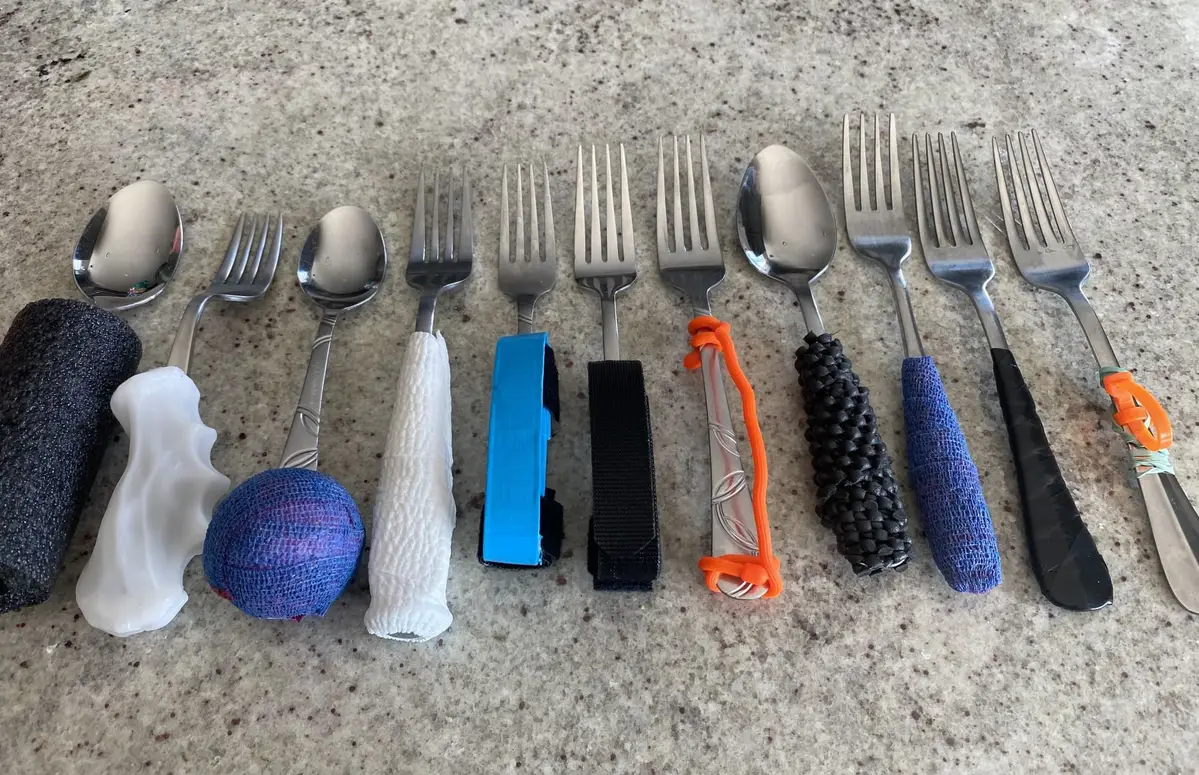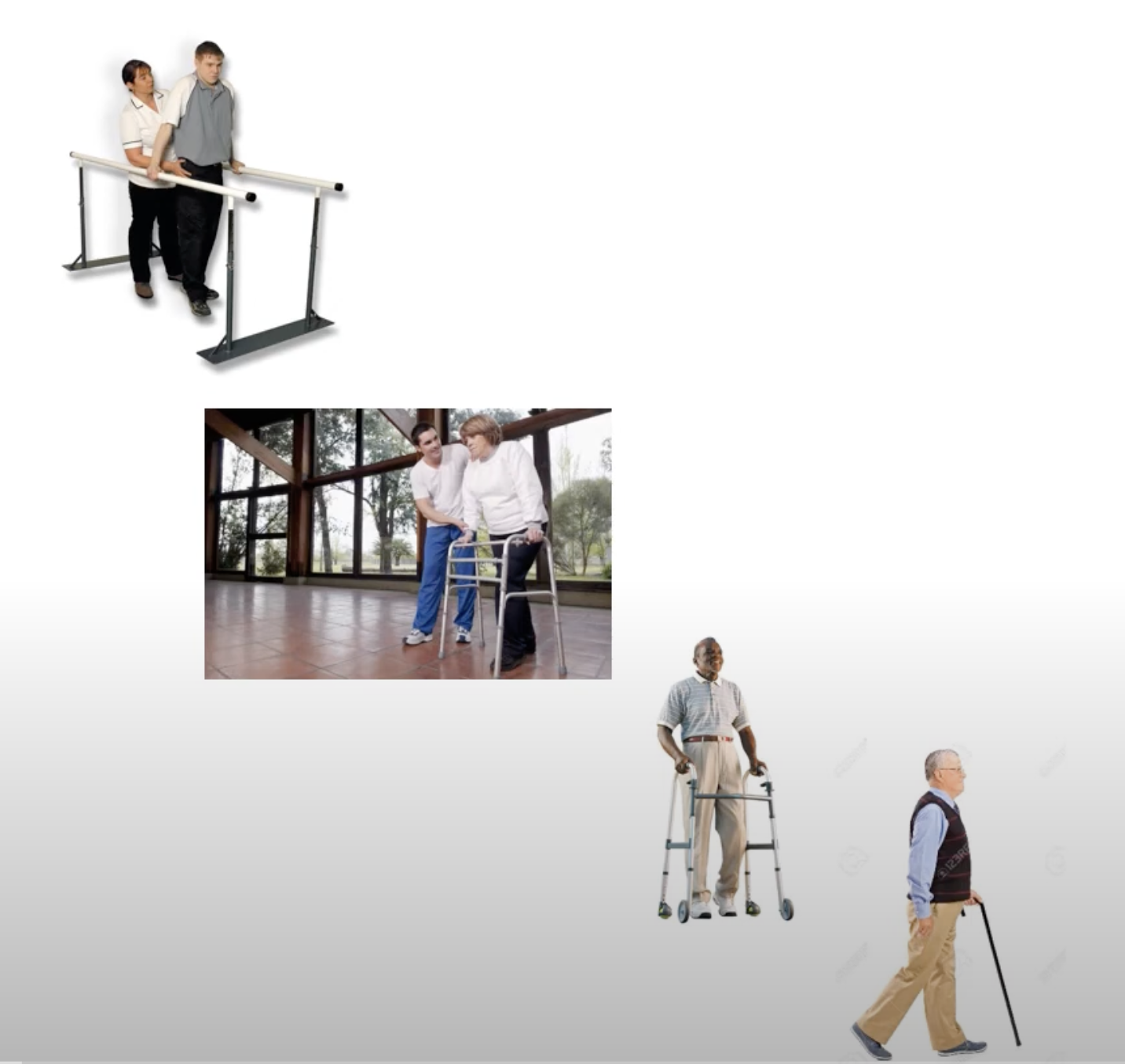Motor Learning - Topic 3: Simplification/Adaptive training/Scaling
1/14
Earn XP
Description and Tags
Simplification/Adaptive training/Scaling
Name | Mastery | Learn | Test | Matching | Spaced |
|---|
No study sessions yet.
15 Terms
Simplification (aka Adaptive Training)
Practicing a skill in a series of increasingly difficult tasks which involves manipulation of implements, the environment, and/or the number of decisions required.
Does Simplification break the tasks into parts?
NO, the tasks if made easier/harder.
What is the logic behind Simplification/Adaptive Training?
It focuses on task difficulty (not complexity) and achieving the outcome goal of the task at a high level throughout practice.
How does riding a bike relate to the concept of Simplification?
By allowing learners to start with training wheels then practice on flat, open areas without training wheels before progressing to more challenging terrains or off-road biking, ensuring skill mastery at each level with the primary goal of being able to ride a bike.
How does the Video Game “Pac Man” relate to the concept of Simplifaction?
In Pac-Man, players begin with simple mazes and gradually face more complex challenges, teaching them basic navigation and strategy while progressively increasing the difficulty to enhance their skills.
How does learning to dribble a basketball relate to Simplification?
Learners start by dribbling while stationary then progress to dribbling while walking, running, around obstacles, and then through games like dribble tag. Learner is still able to dribble but doing it in various environments.

How can this be used as a therapy application in the concept of simplification?
Feeding spoon which can be start with velcro to aid grip, then transition to different textured utensils, allowing patients to master basic skills before using standard cutlery.

How can relearning to walk be used as a therapy application in the concept of simplification?
Relearning to walk often starts with basic exercises, such as standing and balancing, before advancing to walking with support, and ultimately progressing to independent walking. This gradual approach helps patients regain confidence and build strength in a controlled manner.
What variables can be manipulated in a simplification progression?
Equipment
Speed required
Auditory cues
Predicability of environment/task (closed or open)
Distance/space
Accuracy required (goal of task)
Movements allowed or required
Other people involved, decision making required
Farrow and Reid (2010) Study: The effect of equipment scaling on the skill aquisition of beginning tennis players
What were the groups?
Groups of kids at tennis camp who practiced with a standard or modified ball (10% larger, 37% less bouncy) and a standard or modified court
Farrow and Reid (2010) Study: The effect of equipment scaling on the skill aquisition of beginning tennis players
What were the conclusions
Those that practiced with a slower ball and/or smaller court increased the total number of practice trials and increased the number and % of successful trials.
What does research say about Simplification progressions?
It can be used for any motor skill and is appropriate for learners of all skill levels.
What does research say are some outcomes of Simplification progressions?
Increases the number of practice trials, number of successful practice trials, and enhances self efficacy.
Arias, Argudo, & Alonso (2012). Effect of equipment modification on basketball game
play in 9-11 year-old boys
What were the conclusions of the study?
when kids played with a lighter ball, they dribbled and passed more often than when they played with a regulation or heavier ball. These were interpreted to be positive influences – the lighter ball resulted in more movement of the ball, more players being involved, and more opportunities for players to be engaged with the ball and have an opportunity to score.
Hebert, Landin, & Solmon (2004). The impact of task progressions on learning in tennis.
What were the conclusions of the study?
The simplification was, overall, the best way to learn tennis serving. Students who practiced the whole action, but began closer to the next and gradually moved back had the most success during practice, had high
levels of self-confidence and motivation, had the greatest gains in skill, and were the most successful serving in games.